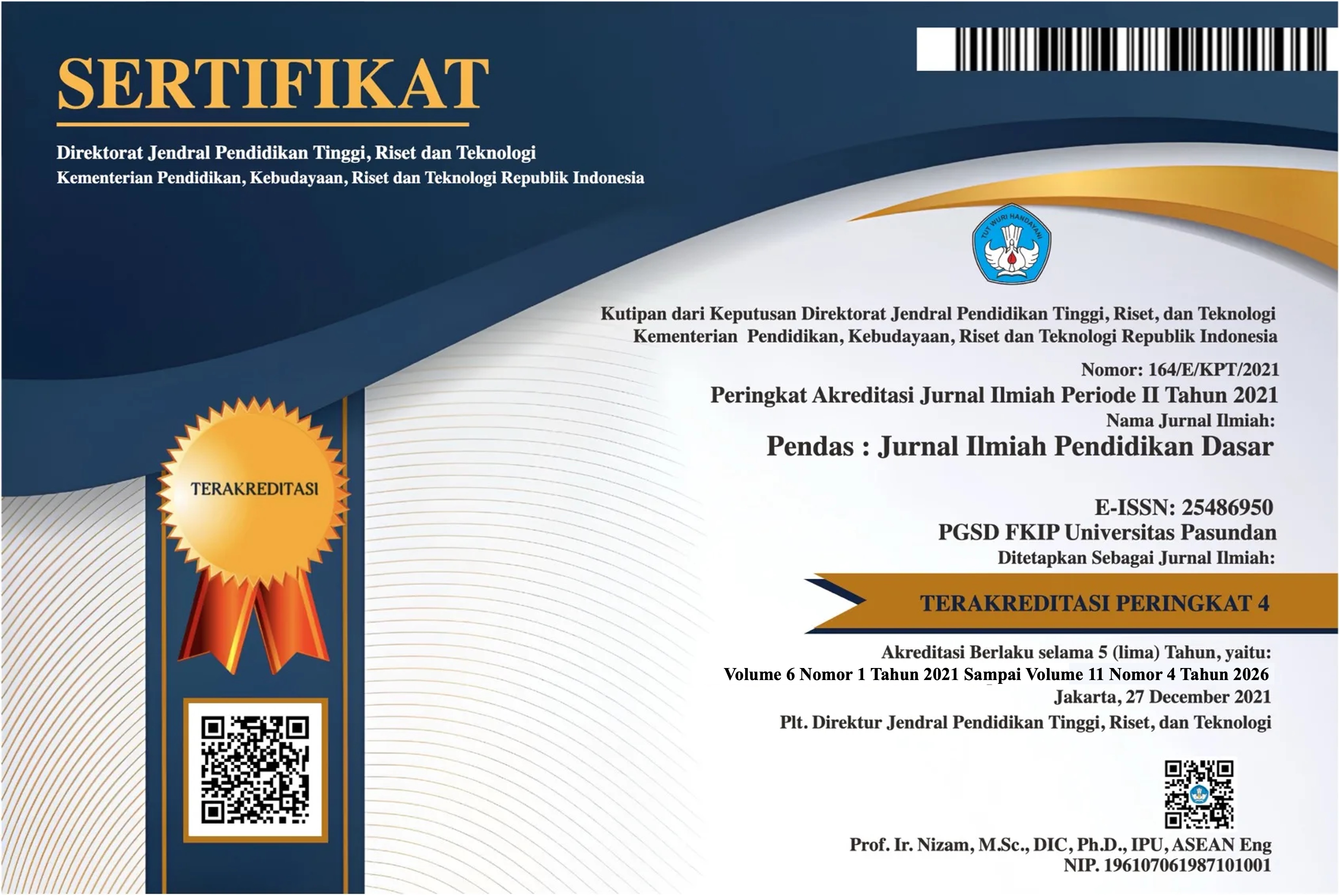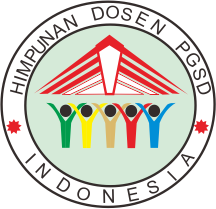DESKRIPSI DAMPAK BULLYING TERHADAP KESEHATAN MENTAL ANAK USIA DINI DI LINGKUNGAN SEKOLAH KECAMATAN SIPATANA KOTA GORONTALO
DOI:
https://doi.org/10.23969/jp.v9i3.18619Keywords:
Audio Visual Learning Media, Gross Motor Ability, Early Childhood LearningAbstract
The objectives of this research are: (1) to describe the forms of bullying behavior in the school environment of sipatana subdistrict, gorontalo city, (2) to examine in depth the impact of bullying on the mental health of young children, and (3) to identify in schools. This research employed a qualitative method with a descriptive study type. The researcher used interview, observation, and documentation techniques to gather data. The data analysis technique was the interactive analysis of miles and huberman, which consisted of data reduction, data display, and conclusion drawing, for data validity checking, the researcher used triangulation. The research found that : (1) the forns of bullying behavior occurring in the school environment of sipatana subdistrict,gorontalo city, include verbal bullying (using harsh language towards peers) and relational bullying (such as ostracizing, ignoring, and humiliating): (2) the impact of bullying on mental helath includes victims becoming withdrawn, lacking self-confidence, isolating themselves, feeling inferior, and experiencing hindered development in cognitive and social relationships: (3) efforts by schools to reduce bullying behavior in the sipatana subdistrict school environment include involving parents, providing strong character education through learning activities, advising and reprimanding, providing, religious education, reflecting on the child, and motivating the child with various appreciations from educators and parents.Downloads
References
Sugiono.(2016). Metode Penelitian :Pendekatan kuantitatif,kualitatif dan R&D. Bandung:Alfabeta
Sari, P. S. (2018). Hubungan Verbal Bullying dengan Kecerdasan Interpersonal Siswa SD. 3(1), 19–28.
Olweus, D. (1999). Bully/Victim Problems in School: Facts and Intervention. Prospects: The Quarterly Review of Comparative Education, 29(4), 528-542.
Aini, D. F. N. (2018). Self Esteem pada anak usia sekolah dasar untuk pencegahan kasus bullying. Jurnal Psikologi Pendidikan dan Konseling: Jurnal Kajian Psikologi Pendidikan dan Bimbingan Konseling, 6, 36-46. Universitas Muhammadiyah Malang
Ambarini, R., Wardoyo, S. L., Sumardiyani, L., & Zahraini, D. A. (2019). Model program intervensi anti bullying berbasis sekolah. LITE: Jurnal Bahasa, Sastra, Dan Budaya, 15(2), 136-160
Aswat, H., Kasih, M., Ode, L., Ayda, B., & Buton, U. M. (2022). Eksistensi Peranan Penguatan Pendidikan Karakter terhadap Bentuk Perilaku Bullying di Lingkungan Sekolah Dasar. Jurnal BASICEDU, 6(5), 9105–9117
Fadhilah Syam Nasution, “Kasus Bullying Ditinjau Dari Kecerdasan Emosional Dan Kesehatan Mental Anak Usia Dini”, Mubtada: Jurnal Ilmiah Dalam Pendidikan Dasar, 4 (2021), 10-11.
Armiyanti, Khusnul, A. (2017). Pengalaman Verbal Abuse oleh Keluarga pada Anak Usia Sekolah di Kota Semarang. 12(1).
Atlas, R. S., & Pepler, D. J. (1998). Observations of bullying in the classroom. The Journal of Educational Research, 92(2), 86-99
Priska, A. B. (2020). Pengaruh lingkungan sekolah terhadap kesehatan mental anak. Jurnal Pendidikan, 12(3), 45-56.
Downloads
Published
Issue
Section
License
Copyright (c) 2024 Pendas : Jurnal Ilmiah Pendidikan Dasar

This work is licensed under a Creative Commons Attribution 4.0 International License.



















